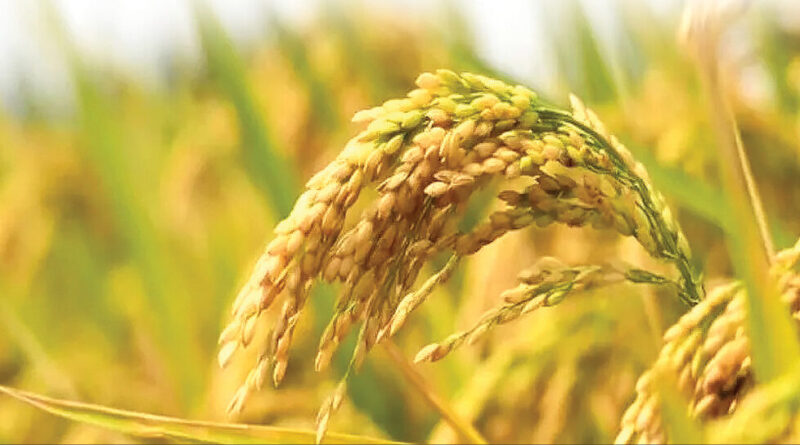Kharif area up 2% on year, paddy rises 4.3%
By Sandip Das
Sowing of kharif crops was up 1.9% on year on Tuesday with 106.5 million hectare area being brought under cultivation, according to latest data by the agriculture ministry.
Officials said that sowing activities for cotton, sugarcane, oilseeds and coarse cereals have been completed, while the farmers in some pockets of eastern region would continue to plant paddy and pulses till middle of September. In all, the current crop area is 97% of the normal sown area.
Sowing of paddy (4.29%), pulses (5.7%) and oilseeds (0.5%) saw increases because of normal to above-normal monsoon rains in key growing states in central, eastern and southern regions.
The overall rainfall this season till Tuesday has been 6.6% above the benchmark long period average or ‘above normal’ range. India Meteorological Department has stated that 74% of the 729 odd districts in the country have received rainfall in the range of surplus to normal range.
In the southern peninsula, monsoon rainfall has been 18% more than the benchmark so far. Going by a five-year average, about 98% of paddy sowing has been completed so far.
Area under pulses such as tur, urad and moong rose sharply at 5.7% to 12.21 MH on year, which is expected to boost pulses production in the 2024-25 season.
Higher sown area in oilseeds — groundnut, soybean and sunflower – is reported at 18.83 MH.
Officials said that higher oilseeds output in the current kharif season and prospects of a higher output in next rabi or winter season because of adequate soil moisture is expected to reduce the country’s dependence on edible oil imports.
Sugarcane sowing has been completed so far with a total sown area of 5.76 MH, which is higher than normal sown area compared to the previous year. However, cotton area is down sharply 9.2% on year at 11.13 MH so far, which is 86% of the average area for the last five years.
“With sowing nearing its end, acreage of overall crops has improved led by paddy and pulses. Despite this, the crops are trailing behind the normal sown area,” Dipanwita Mazumdar, economist, Bank of Baroda, has stated.
Majumdar said “what remains a concern is that major tomato and onion producing states such as Maharashtra and southern states such as Karnataka, Tamil Nadu are experiencing excess rainfall which might affect the transplanting of these perishable crops,”.
The agriculture ministry has set a target of record food grains production of 340 MT during the 2024-25 crop year (July-June), 3.4% higher than 328.8 MT estimated during the previous crop year. This includes 159.97 MT from the kharif season, 164 MT from the rabi season and 16.43 MT from the summer season.
This article has been republished from The Financial Express.

